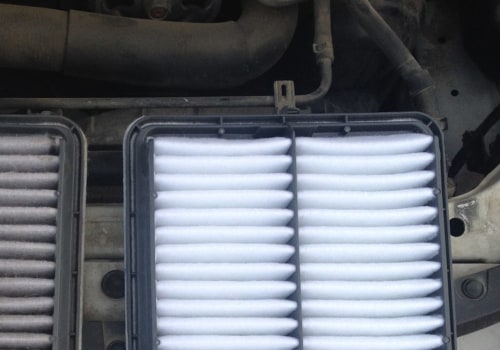Filter capacitors are essential components inside amplifiers that are tasked with a very important job. Also known as smoothing caps, they are placed on the high voltage rail and their purpose is to filter out any ripple in the rectified high voltage that powers the valves. A filter capacitor is a capacitor that filters a certain frequency or range of frequencies of a circuit. It is used to filter signals that have a low frequency, close to 0 Hz, also known as DC signals.
This feature is used in a filter capacitor application to absorb or dampen voltage values that exceed the set parameters. Filter capacitors are generally placed along a load or as a ground path in circuits. Different types of filter capacitors include electrolytic, ceramic, and tantalum. They are used to design filters that can filter a specific frequency range of signals as needed. Capacitors used to filter electromagnetic interference in AC and DC power lines are known as EMI filter capacitors.
Generally, large capacitors filter low-frequency waves, and small capacitors filter high-frequency waves. The filter capacitor is used in the power rectifier circuit to filter the AC components and make the output DC smoother. Here are some basic filter types that can be combined to create other, more complicated filters, such as bandpass or notch filters. Line filter capacitors are simple capacitive filters that are used to reduce the effect of noise sources on the apparatus, leading to better performance. In fact, few circuits do not employ a filter capacitor at any time, and they are still one of the cheapest, most efficient, and widely used voltage filtering methods. To reduce the effect of such noise, line filter capacitors use line filter capacitors that can withstand fluctuations or transients for a longer period of time without falling into it. The frequency lower than the cut-off frequency is blocked, and the frequency higher than the cut-off frequency that is allowed to pass through this filter is also called the low-cut filter.
A capacitor input filter is a filter circuit in which the first element is a capacitor connected in parallel with the output of the rectifier in a linear power supply. A general capacitor of approximately 10 pF is used to filter high-frequency interference signals, and a capacitor of approximately 0.1 uF is used to filter out low-frequency ripple interference. For example, when debugging the reception sensitivity of the mobile phone, the LNA power filter is key, and a good power filter can often improve several dB. In circuits, if the main function of the capacitor is to provide a low-impedance path for the AC signal, it is called a shunt capacitor; if it is mainly to increase the AC coupling between the power supply and ground and reduce the impact of AC signal on power supply, it is called decoupling capacitor; if used in a filter circuit, it can also be called a filter capacitor. At the same time, the capacitance of filter capacitor selected in the filter circuit is relatively large.



